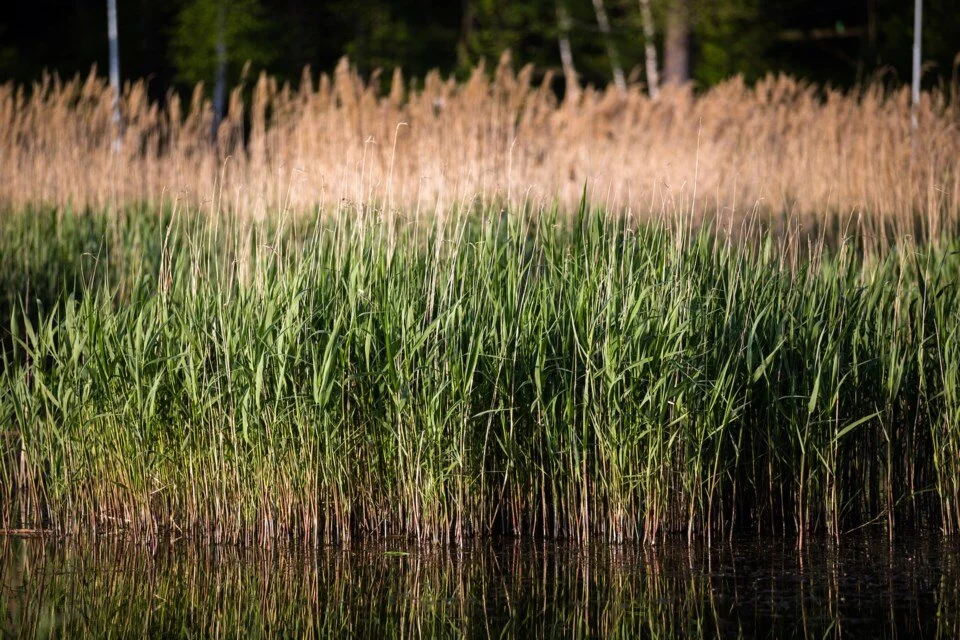The research coming out of Global Water Futures (GWF) is being presented at an open science meeting over three days from May 15–17, and will highlight some of the best science and knowledge addressing solutions for Canada’s water futures, including advancements in the forecasting and modelling of snow, glaciers, water quality, soil moisture, floods and droughts, in monitoring of water quality, in detection of the COVID-19 virus in community wastewater, in Indigenous co-creation of knowledge, and in how national and international policies could achieve water sustainability.
New spike in wastewater COVID-19 viral loads concerns researchers at U of S
After almost a month of declining numbers, researchers at the University of Saskatchewan say they have seen a jump in COVID-19 viral load in samples taken from wastewater treatment plants in Saskatoon, Prince Albert and North Battleford. On Monday, researchers at Global Water Futures at the U of S said that evidence of COVID-19 had increased in Saskatoon by 51 per cent compared to the week before. Meanwhile, Prince Albert saw an increase of 86 per cent and North Battleford saw an increase of 58.7 per cent.
Wastewater study finds COVID-19 declining in some Sask. cities
An ongoing study of COVID-19 levels in wastewater conducted by the University of Saskatchewan has found there are less traces of the virus in some of the cities it is tracking. The University of Saskatchewan and Global Water Futures program have been examining wastewater samples from Saskatoon, Prince Albert and North Battleford since the summer of 2020. Their goal is to track the spread of COVID-19 in the community through wastewater, with their results usually dictating a rise or fall about a week in advance of changes in cases.
Announcing the 2022 USask Images of Research: Innovations and creations with impact
Our world is composed of gradients in time and space and how we manage our gradients will determine our future. The transition from cropland to riparian vegetation, to macrophytes, and to open water at a prairie wetland near Saskatoon emphasizes the tenuous interface between production agriculture and water quality and quantity impacts on the Canadian Prairies.
Scientists warn glacier in Canadian Rockies is slipping away before their eyes at unprecedented rate
A summer of unprecedented heat has not been kind to the iconic ice in the Canadian Rockies. According to researchers, glaciers are melting at a rate never seen before. “It’s horrific to see this almost unrecognizable from one year ago, two years ago, let alone 10-20 years ago,“ said Dr. John Pomeroy, a hydrologist and director of Global Water Futures. Pomeroy first stepped foot on Banff National Parks Peyto Glacier in 2008. He came to better understand the hydrology of the famous glacier. In the early 1900s, it once sprawled three and half kilometres further than it does today, down the valley resting near the turquoise water of Peyto Lake
Predicting the unpredictable: How scientists are improving cold-region water and climate prediction models
The world is changing rapidly, and the past is no longer a guide to the future in terms of extreme events and floods. That’s one of the findings from a report on the Changing Cold Regions Network (CCRN), a summary of the research program that wrapped up in 2018 and which recently compiled many of its scientific advances in a special issue of the journal Hydrology and Earth System Sciences.
BEYOND LOCAL: Indigenous youth are playing a key role in solving urgent water issues
Unsolved environmental problems, a national mandate to uphold treaty responsibilities and a new appreciation for positive treaty relationships are leading some water researchers to consider new approaches to their work. They are examining how water monitoring practices that are conventionally considered strong, can be improved. Recent research examined how water quality monitoring in the lower Grand River and nearby Lake Erie can inform management to address prolific growth of nuisance algae. Nuisance algae affect wildlife habitats and fishing, as well as swimming and boating. This work is part of the Lake Futures Group at the University of Waterloo and Global Water Futures, Canada’s largest water research collaboration.








